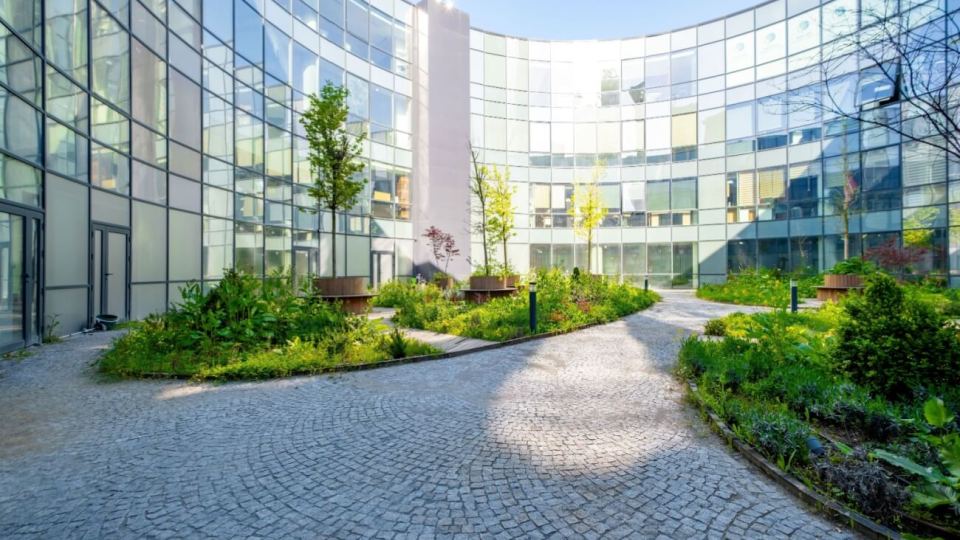Office Space Development: Boston, San Francisco & Seattle Pipelines Lead
Even in a beleaguered office sector, some asset classes are breaking the mold and flourishing. Recently, that has included trophy offices in high-tier locations as well as office conversions. However, one subclass of office space that has fared especially well since the pandemic is life sciences, providing a safe haven for investors as well as driving much of the new development in the office sector.
According to commercial real estate listing and research network CommercialEdge, 92.7 million square feet of office space was under construction nationally at the start of the year, marking a steep decline since 2020. Additionally, nationwide office stock is only projected to increase by 1.4% when these ongoing projects are completed. However, of the 92.7 million square feet underway, around 27.8% is in life sciences properties, which is up from 26.9% in 2022 and much higher than the 7.3% in 2019.
Notably, the significance of life sciences in the current office industry is best evidenced by the markets with the most new office space underway.
Boston currently has 14.5 million square feet of office space in the pipeline, much of which is due to the city’s booming life sciences sector. As the biotech capital of the world with more than 1,000 companies operating here, the city’s life sciences clusters (like Cambridge, Mass.) have witnessed extensive growth due to growing investor interest in the sector. This — in conjunction with the talent output of Ivy League universities and investor appetite for life sciences — has led to Boston office spaces topping the list of largest pipelines nationally.
On the opposite side of the country, 6.6 million square feet of office space in San Francisco is currently under development, marking the second-largest projected expansion in the U.S. Of course, San Francisco is one of the most significant traditional office markets in the U.S. with demand for offices being driven by companies operating in finance, insurance, tech and more. That said, the city is also a booming biotech market, and the industry breathed life into the struggling local office market to push San Fran to a podium finish. Meanwhile, the rest of the Bay Area has an additional 4.5 million square feet of space under construction, underscoring the San Francisco metro area as one of the areas with the most robust demand for new office space.
Further north, the story is very much the same with Seattle at #3. Historically, tech companies have driven much of the demand for office space in Seattle, which exposed the office market to the same pressures caused by remote work. But, with more than 25,000 life sciences jobs in King County, demand from the industry also contributed to the 5.9 million square feet of office space underway here.
Taken together, these three major life sciences markets have almost 27 million square feet of office space under construction, representing 27.7% of all stock under construction nationally. Other
In the South, burgeoning office hub Austin, Texas, took the #4 spot with 4.9 million square feet underway. This inventory represents a 5.3% increase to the total Austin office space inventory, marking the second-largest inventory growth nationally after Boston’s 5.8%. Plus, when taking into account planned projects, as well as those already underway, Austin’s stock stands to increase by a considerable 21.8% — the largest margin nationally by far. Staying in the Lone Star State, the Dallas office market also stands to add 4.6 million square feet, making it the sixth-largest pipeline nationally and equivalent to 1.7% of the market’s current stock.
Other markets with considerable amounts of office space underway even amid difficult conditions for the industry are San Diego (#5 with 4.9 million square feet); Washington, D.C. (#8 with 3.5 million); Atlanta (#9 with 3.1 million); and Manhattan, N.Y. (#10 with 3.1 million).
Check the complete CommercialEdge office report for more stats on development, occupancy, sales and more.

